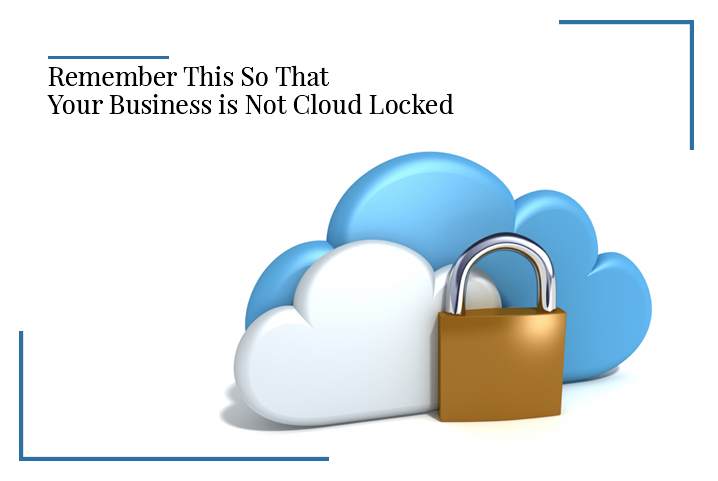
On-Demand Computing or Cloud Computing is an efficient, cost-effective and secure way for enterprises to access information, software, and applications on the go using just a web-browser. With this, enterprises can now virtualize their IT resources and significantly cut down on those piling-up IT infrastructure costs. But does it mean, that you must make that transition over the cloud? Or do you need to look out for certain conditions before opting for a cloud?
These are some of the questions this blog attempts to answer for your convenience:
Let’s take a look at some of the major advantages conferred by cloud computing on the business:
- ZERO Costs: With virtualization, you can say goodbye to all upfront and routine IT expenditures like hardware, space, electricity, maintenance, support, admins, etc. Zero on-premise headaches are one of the key reasons behind the fast-track adoption of cloud-based services by enterprises.
- Pay As You Use: Cloud computing is both scalable and flexible which means that enterprises have to only pay for the resources and services they are using at a particular time. They can quickly scale up as their business growth with this.
- Zero Downtime: All the enterprises with an on-premise IT infrastructure have faced downtimes which can occur due to various reasons. The reasons can be as minor as an unplugged hard disk or as significant as an outdated software. IT downtimes immediate impact on the customer experience to avoid indirect damage on the business reputation.
The above are good enough reasons for enterprises to move to the cloud today but before you put that foot on the accelerator here are things to consider before moving to the cloud.
#1. Re-Valuation:
Cloud is now mainstream, and the ever increasing use cases are good indicators for this. However, each cloud experience differs from each other. Therefore, one must first reconsider their current connectivity infrastructure, software compatibility as well as reconfirm if their current service/application licenses are permitted to be hosted via the cloud.
#2. OLA’s Into SLA’s
No matter what cloud service provider you opt for, it will be effective only if it meets the operational level agreement (OLA), i.e. the rules and agreements that define service delivery during uptime and downtime. Enterprises or users must ensure that their current OLA’s align with the cloud service providers SLA’s including downtime compensations.
#3. Identifying The Fittest:
One must remember that most of the cloud adoption is on “need-by-need” basis which means that recognizing and offloading workloads can pay well in the long run. Cloud isn’t restricted to just storing and accessing files/services etc. anymore. It can be an ideal place for efficient collaboration and innovation.
Focus on keeping the transition simple by identifying workloads demand levels and their impact on market competitiveness.
Once you are done with the points mentioned above, it is equally imperative to give considerable thought to the following questions…
- What is the agreement over BCM and DR?
Be aware or familiar with the business continuity management (BCM) and disaster recovery (DR) plans of the cloud service provider. Depending on your business demands it is important that there is stringent fiscal penalties agreement for anti-interruptions in day-to-day services.
- Is your cloud service provider verified?
While most enterprises tend to ignore this but regulatory and geographic variables can complicate infrastructure design. As such it becomes very important that the service provider has a large geographic footprint.
- What are the security requirements?
Security is primary for physical as well as virtual storage solutions. Old IT infrastructures are not evolved enough to identify or defend security threats. On the other hand, cloud services employ 21st-century network security protocols which can be complicated and confusing (Not to mention costly too!!!). As such it is advisable for enterprises to sit and evaluate current and potential IT vulnerabilities and bring the same in light for the service providers
The above are some of the most important questions that every enterprise or business must ask before adopting cloud-based solutions. Cloud transitions come with their own set of challenges attached like data security and balanced segregation. Pratham has over the years proved to be a reliable Cloud-based solution provider for enterprises of all scale and sizes. Our solutions have helped old in-house, legacy applications to shed traditional pain points for a more intelligent, efficient cloud-based avatar.








